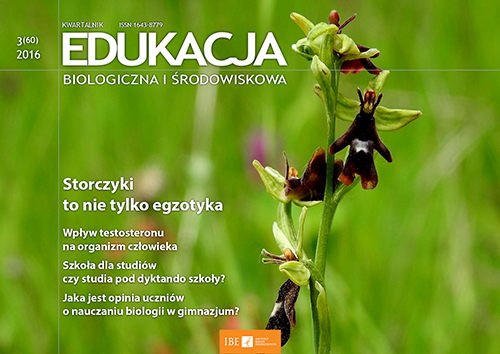Dwujądrowe Rhizoctonia spp. jako patogeny roślin
Binucleate Rhizoctonia spp. an increasingly important pathogens in the cultivation of plants
Author(s): Ewa Moliszewska, Dagna MaculewiczSubject(s): Environmental Geography, Sociobiology, Environmental interactions
Published by: Instytut Badań Edukacyjnych
Keywords: pathogenic BNR; binucleate Rhizoctonia; Ceratobasidium;
Summary/Abstract: The Rhizoctonia complex is a large, heterogenuous group of filamentous fungi including multinucleate R. solani with Thanatephorus teleomorph, binucleate Rhizoctonias (BNR) with Ceratobasidium teleomorph and other „Rhizoctonialike” species. They can be saprotrophs as well as crop pathogens or orchid mycorrhizal symbionts. Basics characteristics for Rhizoctonia genus is uniform hyphal structure, possibility to form undifferentiated into rind and medulla sclerotia, hyphae long, branched with dolipore septa, hyphae with branches growing almost on right angle, a bit narrower in the point of branching and with septum near the point of branching, no possibility to form mitospores, forming short and wider cells named monilioid cells, lack of clump connections and rhizomorphs. One of the basic criteria of dividing into genus Rhizoctonia is the number of nuclei in young, vegetative and actively growing hyphae as well as the diameter of vegetative hyphae. This allow to distinguish the group with narrow hyphae (5-7 μm) with the average number of nuclei less than four, mostly it is two and sometimes three, but it is also possible to find one or four nuclei in a separate cell.
Journal: Edukacja Biologiczna i Środowiskowa
- Issue Year: 2016
- Issue No: 3
- Page Range: 54-62
- Page Count: 9
- Language: Polish
- Content File-PDF

